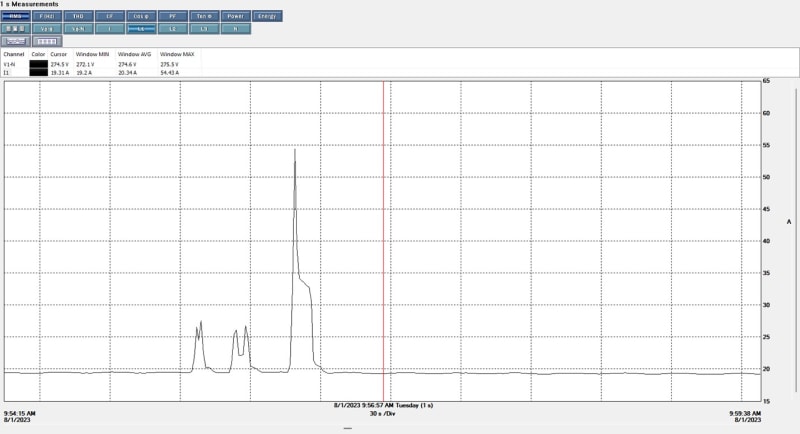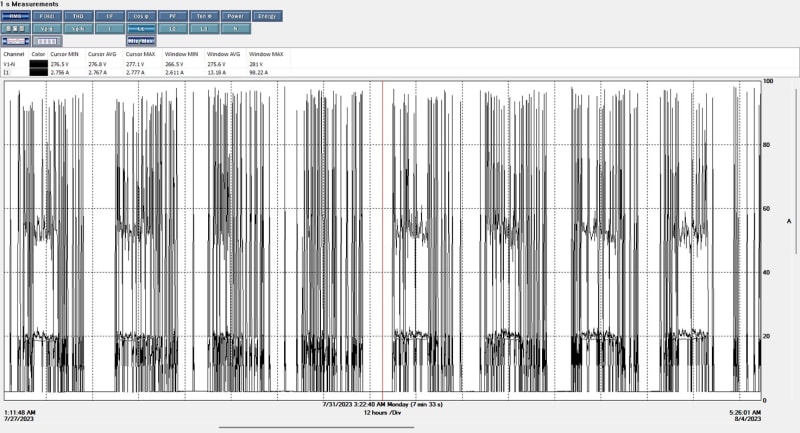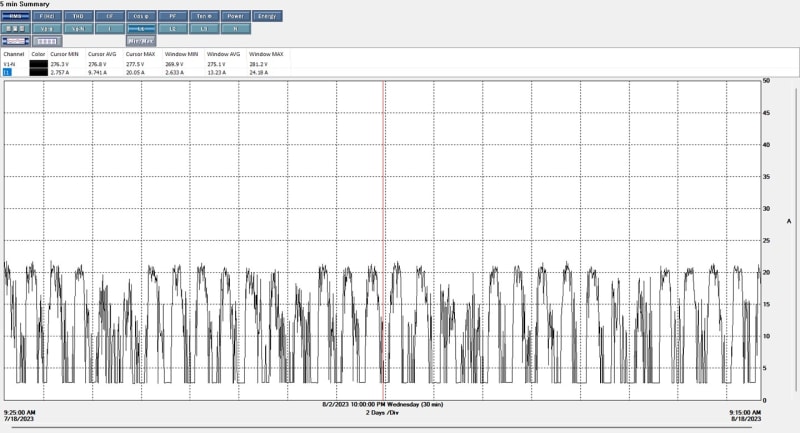What is the protection ahead of the ATS?
NEC 220.87 has provisions for using 1 year of actual load recordings as a basis for feeder sizing.
There is a similar provision in the Canadian code.
It is most often applied when an industrial plant wants to add load to a system that is maxed out according to demand factor calculations but the actual load is less than the calculated demand.
The rule allows load to be added without increasing the size of the main service or sub service.
waross would you still go with max even if its 1 or 2 max second duration?
No. I would go by the rating of the protection ahead of the ATS.
I may also check the calculated demand, using the appropriate factors and tables in the applicable code.
You have not told us what the unusual load is, nor what the nameplate rating of the unusual load may be.
Parable;
John was tasked with unloading boxes from a trailer using a hoist and a sling.
The boxes weighed between 15 and 100 lbs.
John selected a sling based on the average, or 57.5 lbs.
To add a margin of safety John selected a sling with a breaking strength of 60 lbs.
From time to time, the sling would break.
Each time John would recheck his calculations and select another 60 lbs breaking strength sling.
For the weight of boxes calculating the mean was straight forward.
Heating is based on the square of the current and you must use Root-mean-square calculations.
The number comes out quite a bit higher than the simple mean.
--------------------
Ohm's law
Not just a good idea;
It's the LAW!





